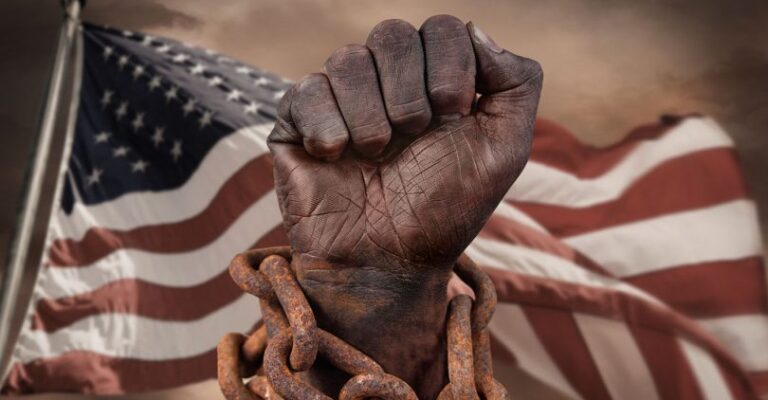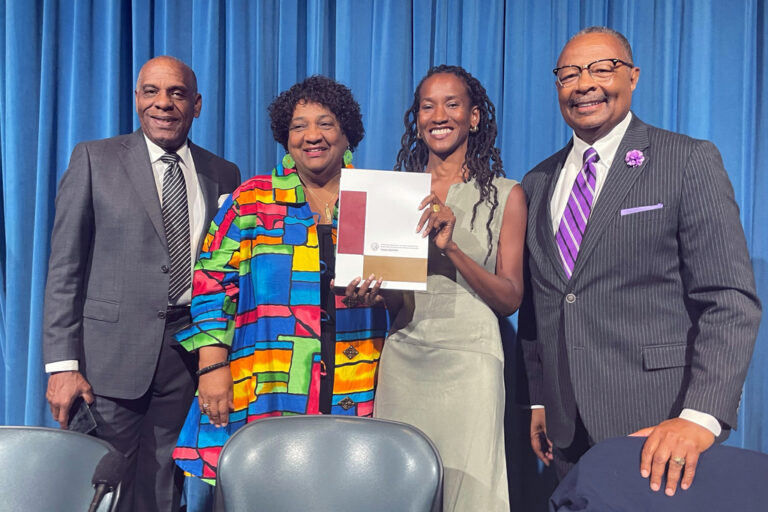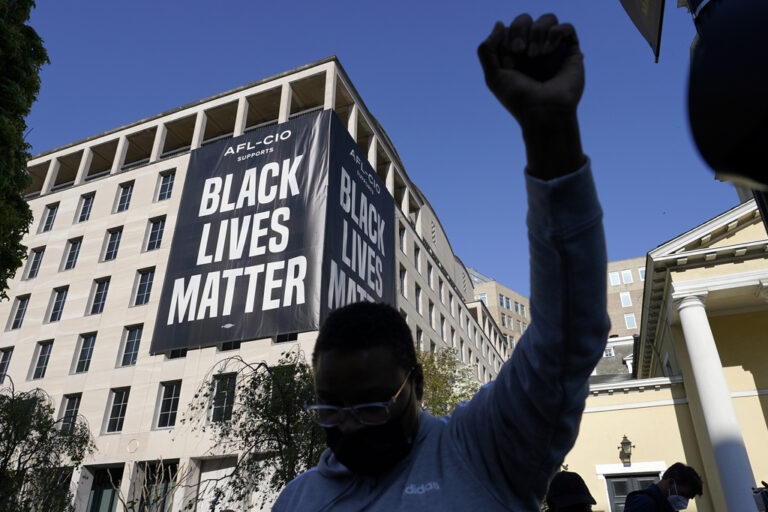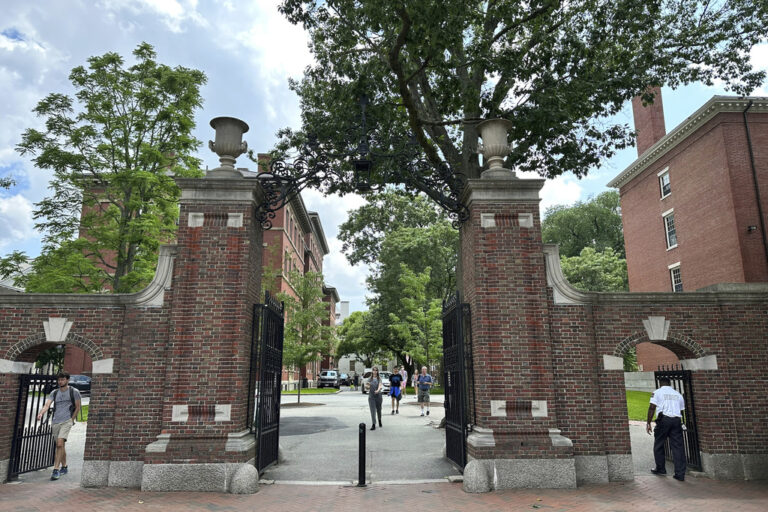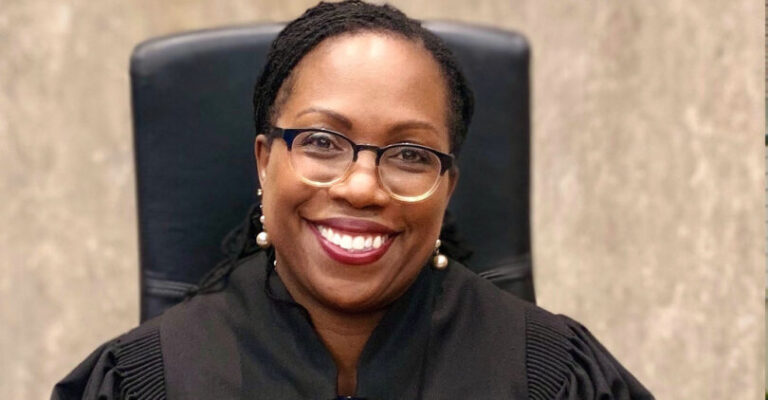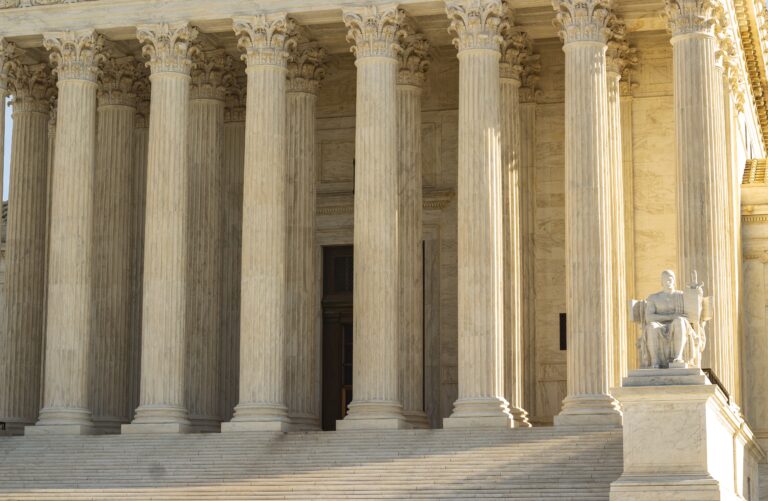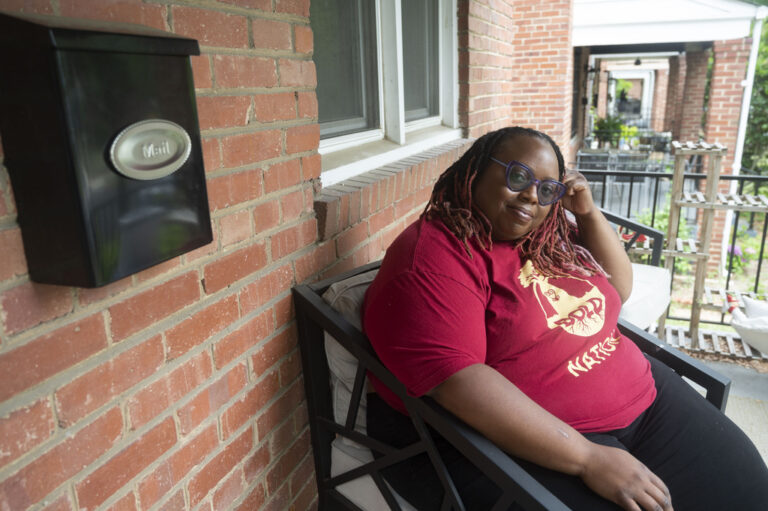By Black PressUSA
I woke up a few days ago expecting, almost hoping, that my day would be sufficiently uneventful so as not to aggravate my spirit. Instead, while listening to “The View,” I heard Senator Tim Scott proclaim, “There is no Systemic Racism in America.”
He attempted to justify his assertion by using his home state of South Carolina as an example. He mentioned there being a Black police chief. Just one time, he mentioned America having a Black President. Thoughtlessly, or maybe with full thought and consideration, he didn’t mention President Obama as being only one president out of forty-six in 247 years.
To be fair to him, he named two or three other Black people as examples for his premise, but he was speaking on “The View” where the hosts knew better. His understanding of Systemic Racism was somewhere outside the realm of reality and Joy Behar told him so.
It was clear he was prepared for an adversarial response from Whoopi Goldberg, and he seemed somewhat surprised that he was confronted by Sunny Hostin. She asked him to define what he believed to be Systemic Racism. Responding as I’ve come to expect, Scott gave a solid ‘non-answer’ to her question, saying, “One of the things I think about, and one of the reasons I’m on this show, is because of the comments that were made, frankly, on this show that the only way for a young African American kid to be successful in this country is to be the exception and not the rule.”
He went on to say, “That is a dangerous, offensive, disgusting message to send to our young people today, that the only way to succeed is by being the exception.”
Scott’s other-worldly understanding of Systemic Racism in American history obviously does not include nearly 250 years of enslavement or the empirical data which caused Republican President Nixon to establish The Federal Affirmative Action Program (E.O. 11478 – August 8, 1969) to correct the ills of an uninterrupted pattern of racial discrimination in the Federal sector.
Scott has obviously ignored the history and patterns of personal Black American achievement in post-enslavement America. On one hand, are the “chosen few” – those Blacks whose demeanor, disposition, and/or unique circumstances present them as non-threatening to whites and acceptable for favorable treatment. On the other hand, are those I characterize as indomitable – those who have the talent, courage, confidence, and perseverance to challenge any obstacle that confronts them. Either of these personality types achieves because of their exceptionalism. Unlike the chosen few, those who are indomitable achieve without willingly compromising their principles.
While success is not always measured by wealth or position, opportunity and access or lack thereof are prime considerations. Earl Graves, Ketanji Brown Jackson, and Wes Moore ARE exceptions because of the obstacles they overcame.
Scott and his black-robed judicial counterpart, Clarence Thomas, exemplify the ‘chosen few.’ Scott echoes the talking points of his handlers and denies the obvious realities of those who must live through the hazards of racism. When appointed to coordinate with Corey Booker to create a bipartisan response to police violence, Scott initially spoke with knowing candor. Somewhere in the process, he was reined in and unyieldingly embraced the qualified immunity doctrine for police which effectively ended any bipartisan effort.
Since joining the Supreme Court, Thomas has espoused the destruction of the same affirmative action initiatives which provided the lift necessary for his professional development. All appearances suggest that these two ‘chosen ones’ ignore any indignity or violence inflicted upon Blacks and other people of color or upon members of “other out-groups.”
Maybe guilt prevents the Senator from acknowledging his own complicity in the practices of Systemic Racism.
______
H.E. Ambassador Dr. E. Faye Williams, Esq. (Ret) is President of http://thedickgregorysociety.org and author of “Wake Up and Stay Woke”–a tribute to Dick Gregory
The post No Systemic Racism? appeared first on Forward Times.


